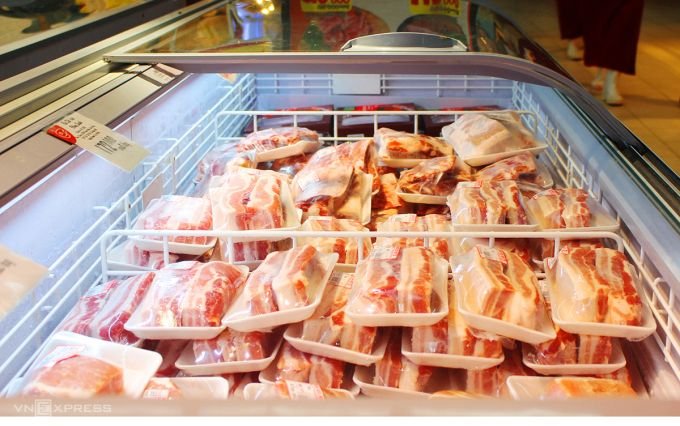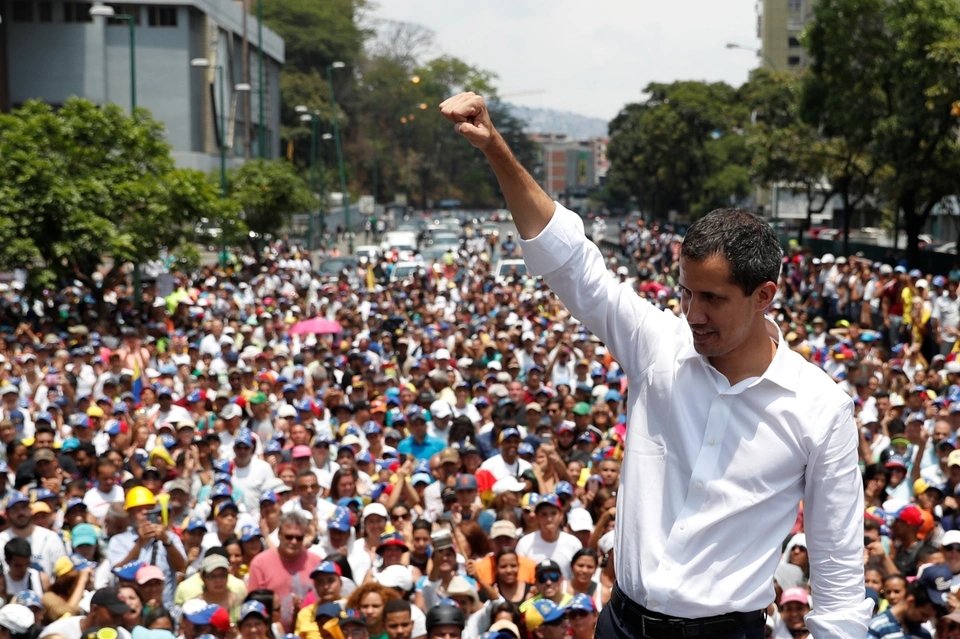
Ms. Ngoc (Thanh Xuan, Hanoi) said that even though it is frozen, the flavor of imported pork when processed is no different from domestic fresh pork.
According to the Ministry of Agriculture & Rural Development, the price of imported pork arriving at ports from some countries such as Russia, Spain, Poland, Canada, USA… averages about 2.55 USD (equivalent to 60,000 VND).
The low average price of imported pork helps the retail price of this type at supermarkets and online channels to be 35-40% cheaper than the price of domestic fresh pork, with some products even being over 50% lower.
A wholesaler of imported pork in Hanoi said that because the price of imported pork is cheaper than domestic meat, it is very popular at many retail points.
Mr. Doan Thanh Luy – Director of the Department of Animal Health Region 2 (Ministry of Agriculture and Rural Development) said that the amount of pork imported through Hai Phong border gates and seaports in the first 4 months of the year was equivalent to 25,000 tons.
By the end of April, the amount of pork imported from 19 countries into Vietnam was about 50,000 tons – reaching half of the import requirement of 100,000 tons in the first quarter assigned by the Prime Minister.
Imported pork is sold at BigC Hanoi supermarket chain.
While more and more imported meat is being imported by businesses, the price of fresh pork in the country has not decreased despite the `order` to cool down from the Government.
Pork prices stand at a high level, but consumption is quite slow.
The two main factors causing the retail price of pork at markets and supermarkets to remain high are because the meat supply has not met domestic demand.
On the other hand, according to the General Statistics Office, intermediary costs currently account for 70-90% of meat prices, which is another reason why pork prices have not been able to decrease.
A pig production and raising enterprise said that the price of pigs sold at the farm was at 70,000 VND per kg, but immediately through the `channel` of traders, it increased by 10,000-15,000 VND, to 80,000-85,000 VND per kg.
However, in a previous response to VnExpress, the leader of the Domestic Market Department (Ministry of Industry and Trade) denied that high intermediary costs caused pork prices to increase.
`The price of pork through the circulation and processing stages to consumers is currently in accordance with the market mechanism. The existence of an intermediary stage is inevitable to ensure that the goods reach the buyers,` this person said.
However, the agricultural industry believes that it is clear that the distribution part must be adjusted to ensure the benefits of farmers, consumers and distributors.
Regarding increasing supply, in addition to accelerating herd regeneration, the Ministry of Agriculture and Rural Development said it is coordinating with the Ministries of Finance, Industry and Trade, Foreign Affairs… and directing specialized units to create all conditions.
At last week’s Price Management Steering Committee meeting, Prime Minister Nguyen Xuan Phuc said that the current price increase of more than 90,000 VND per kilogram of pork is `excessive`.






